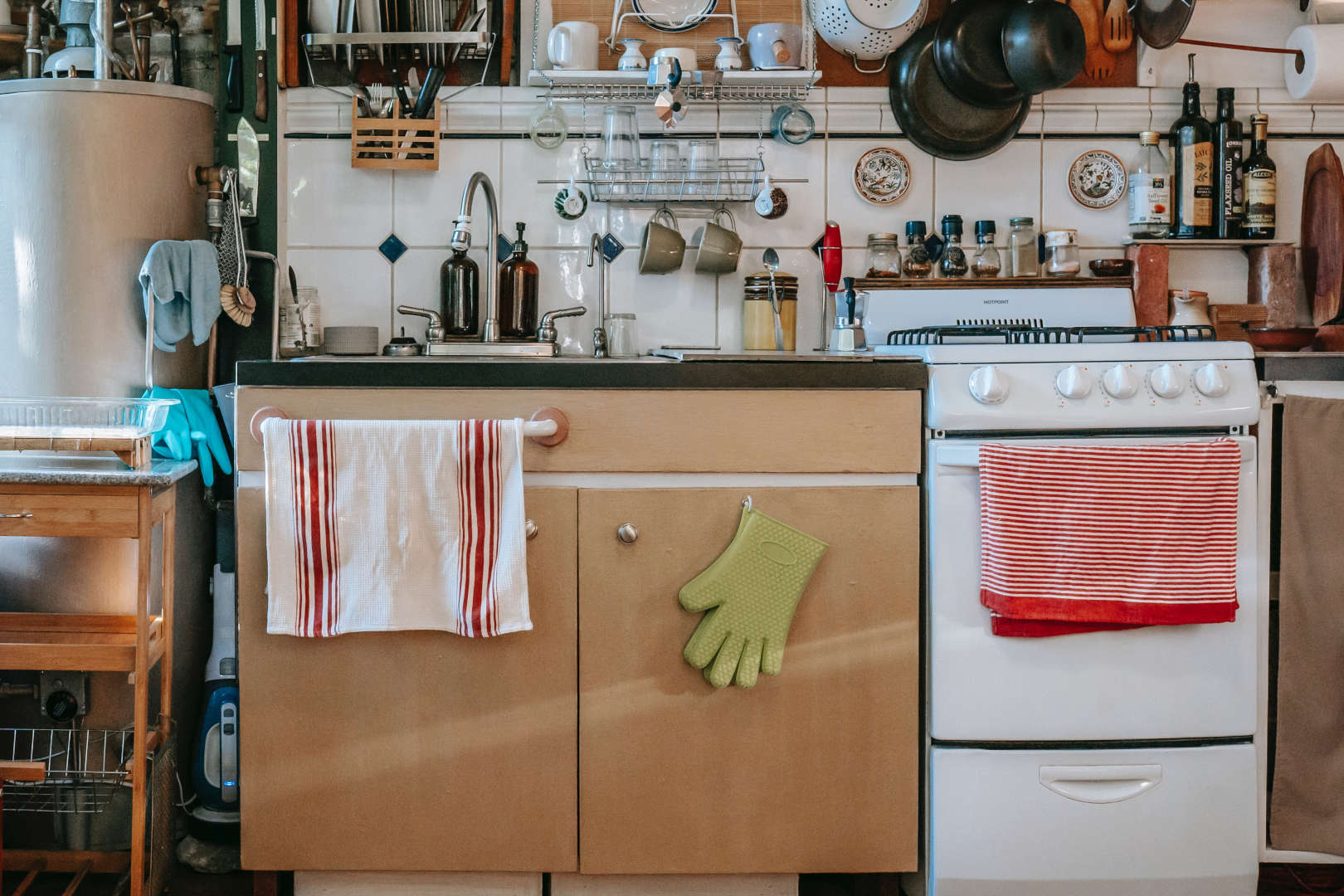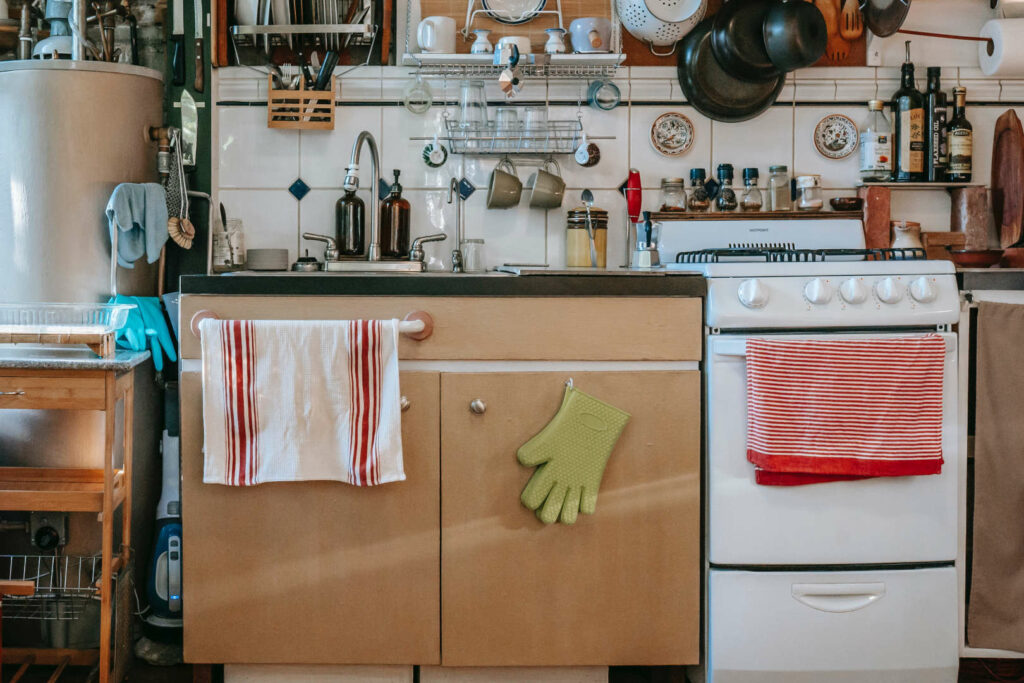

Your water heater is one of the most important appliances in your home, providing hot water for bathing, cooking, and cleaning. However, without proper maintenance, it can lose efficiency, develop costly problems, or even fail prematurely. Regular upkeep can extend the life of your water heater, improve energy efficiency, and reduce repair costs.
In this guide, we will discuss the key steps to maintaining your water heater and keeping it in top condition.
1. Check the Temperature Settings
Setting the correct temperature for your water heater ensures efficiency and safety.
Recommended Temperature:
- The ideal temperature setting is 120°F (49°C).
- Higher temperatures can cause scalding risks and increase energy consumption.
- Lower temperatures may promote bacterial growth, such as Legionella.
How to Adjust the Temperature:
- For gas water heaters, locate the thermostat dial on the gas valve and adjust accordingly.
- For electric water heaters, turn off the power at the breaker, remove the access panel, and use a screwdriver to adjust the thermostat.
2. Drain and Flush the Tank Annually
Sediment buildup inside your water heater can reduce efficiency and cause damage over time.
Why Flushing is Important:
- Removes mineral deposits that accumulate at the bottom of the tank.
- Prevents clogs and corrosion in the heating elements.
- Improves heating efficiency and extends the life of the unit.
Steps to Drain and Flush Your Water Heater:
- Turn off the power to the water heater (electric) or set the gas control to pilot mode (gas).
- Shut off the cold water supply to prevent more water from entering the tank.
- Attach a hose to the drain valve and place the other end in a floor drain or bucket.
- Open the drain valve and let the water flow out completely.
- Turn on the cold water supply while the drain valve is open to flush out sediment.
- Close the drain valve, remove the hose, and restore power.
3. Inspect the Anode Rod
The anode rod is a metal rod inside your water heater that prevents rust and corrosion.
Why It’s Important:
- The anode rod attracts corrosive elements, protecting the tank.
- Over time, it deteriorates and needs to be replaced.
- A worn-out anode rod can lead to rusty water and tank failure.
How to Check and Replace the Anode Rod:
- Turn off the water heater and let it cool.
- Locate the anode rod (usually at the top of the tank).
- Use a wrench to unscrew and remove the rod.
- If the rod is heavily corroded or worn down, replace it with a new one.
Tip: Anode rods typically last 3-5 years, but checking annually ensures optimal protection.
4. Test the Pressure Relief Valve
The temperature and pressure relief (T&P) valve is a safety device that prevents excessive pressure buildup in the tank.
How to Test the T&P Valve:
- Turn off the power and water supply to the heater.
- Place a bucket under the discharge pipe.
- Lift the valve’s lever and let some water release.
- If no water comes out, or if the valve doesn’t close properly, it needs to be replaced.
A faulty T&P valve can lead to dangerous pressure buildup, increasing the risk of explosions.
5. Check for Leaks and Corrosion
Regularly inspect your water heater for any signs of leaks, rust, or damage.
What to Look For:
- Water pooling around the base of the heater.
- Rust or corrosion on the tank or connections.
- Dripping pipes or fittings near the unit.
Solutions for Leaks:
- Tighten loose connections with a wrench.
- Replace damaged pipes or fittings to prevent further leaks.
- If the tank itself is leaking, it may need replacement, as this indicates internal damage.
6. Insulate the Tank and Pipes
Proper insulation helps retain heat, reducing energy costs and preventing heat loss.
Benefits of Insulating Your Water Heater:
- Reduces standby heat loss, especially in cold climates.
- Improves energy efficiency, lowering your utility bills.
- Prevents pipes from freezing in winter.
How to Insulate:
- Use a water heater insulation blanket around the tank (for older models).
- Wrap hot water pipes with foam insulation sleeves to maintain heat.
7. Schedule Professional Maintenance
While regular DIY maintenance is important, having a professional inspect your water heater annually ensures it operates safely and efficiently.
A Professional Plumber Can:
- Check for hidden leaks or structural damage.
- Test the gas burner or heating elements.
- Perform a comprehensive system check for safety and efficiency.
If your water heater is over 10-12 years old and frequently malfunctions, consider upgrading to a new energy-efficient model.
Final Thoughts
Regular maintenance is key to extending the life of your water heater and preventing costly repairs. By checking the temperature, flushing the tank, inspecting the anode rod, and ensuring all components are working properly, you can keep your water heater running efficiently for years to come.
If you need water heater servicing, repairs, or installation, contact Steve Plumbs today. Our professional team is ready to ensure your system is operating at its best.



test comment by spb